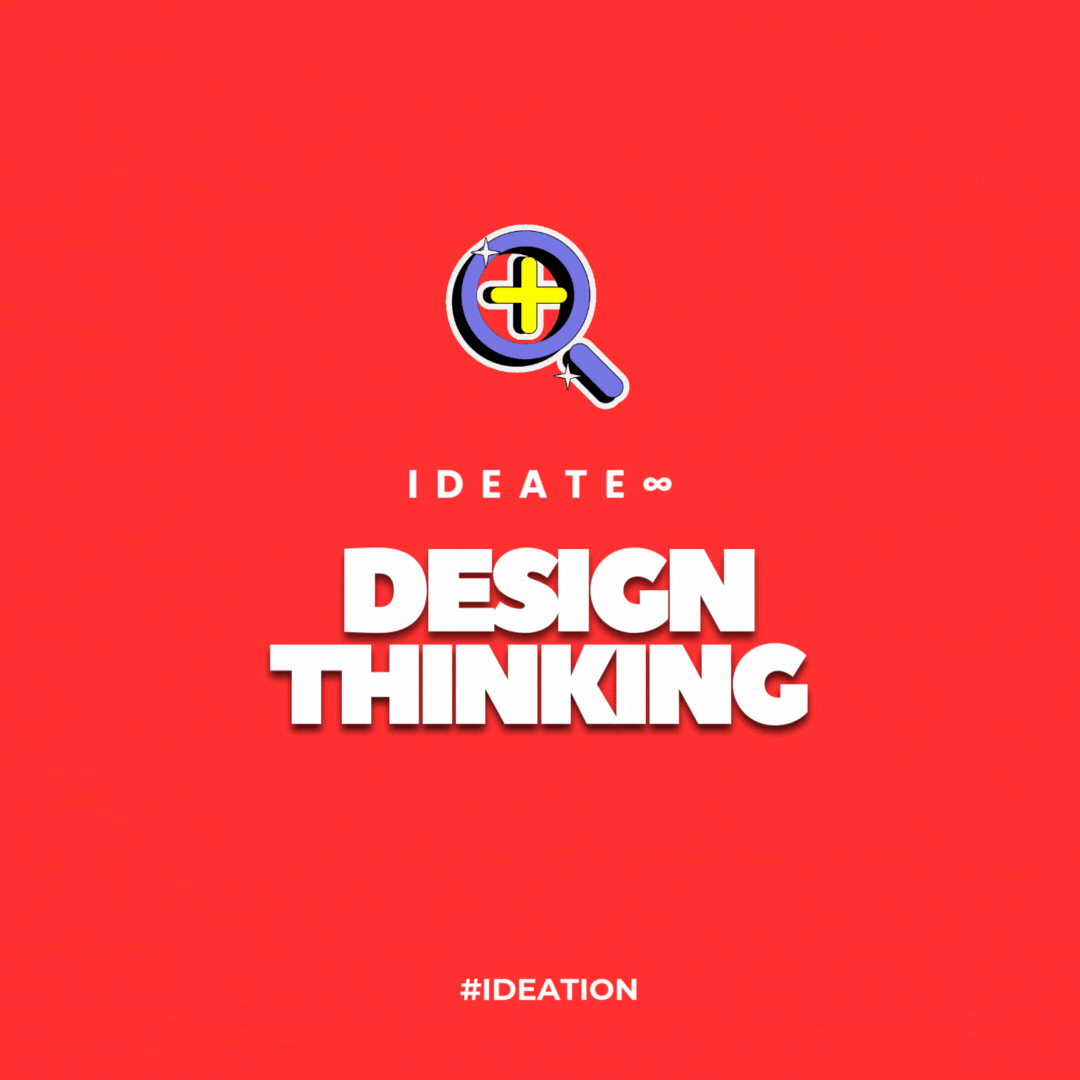Design Thinking: A Pillar of Corporate Innovation Programs
Introduction
In an era where disruption is the norm and customer expectations evolve daily, the capacity to innovate is no longer a luxury—it’s a necessity. Forward-thinking enterprises are investing heavily in corporate innovation programs to unlock new growth pathways, improve customer experiences, and future-proof their business models. At the heart of many of these programs lies a foundational framework: Design Thinking.
While often misunderstood as a mere creative exercise, Design Thinking is a structured, human-centered innovation technique that, when executed with discipline, can lead to transformative business outcomes. At Hangar 75, we integrate Design Thinking into our IDEATE engine—not as a standalone approach, but as part of a broader system that blends conventional, emerging, and even controversial models to ensure ideas are not only generated but rigorously validated and executed.
What is Design Thinking?
Design Thinking is an iterative, human-centered methodology focused on understanding users, redefining problems, and creating innovative solutions to prototype and test. The model is typically broken down into five stages:
Empathize – Understand the end user’s experiences, motivations, and pain points.
Define – Synthesize insights into a clear problem statement.
Ideate – Brainstorm a wide array of potential solutions.
Prototype – Create scaled-down versions of the product or process.
Test – Gather feedback, refine, and repeat.
It is important to note that these stages are not always linear and can often occur in parallel or be repeated as needed.
Why Design Thinking Remains Relevant in Corporate Innovation
The methodology gained traction through its adoption at leading institutions such as Stanford’s d.school and companies like IDEO and IBM. Today, it is a cornerstone in corporate innovation techniques, particularly because of its emphasis on real-world impact over theoretical perfection.
Pros of Design Thinking
User-Centricity: By placing end users at the center, solutions are far more likely to resonate with real needs.
Cross-Functional Collaboration: Design Thinking breaks silos, encouraging contributions from product, marketing, finance, operations, and more.
Rapid Prototyping: Encourages fast experimentation, reducing the risk of costly product failures.
Scalable Structure: The framework is easy to learn and replicate across multiple teams and divisions.
Emotional Engagement: Because the process taps into empathy and storytelling, it energizes participants and fosters commitment.
Cons of Design Thinking
Surface-Level Empathy: Poor facilitation can result in superficial user research, weakening the entire process.
Time-Consuming for Enterprises: When done thoroughly, it requires substantial time investment—not always easy in fast-paced, results-driven environments.
Misapplication: Often mistaken for a ‘brainstorming session’, Design Thinking loses potency when stripped of its rigorous process.
Difficult to Scale in Legacy Systems: Integrating Design Thinking into traditional corporate structures may face resistance or lack of operational support.
Illustrative Example: Reimagining the Onboarding Experience in Financial Services
Let’s consider a global financial institution undertaking a corporate innovation initiative to improve their customer onboarding process—a source of significant customer drop-off and internal inefficiency.
Empathize: Interviews with customers reveal frustrations with paperwork, lack of transparency, and delayed access to services. Internal staff express disillusionment with redundant tasks and broken systems.
Define: “New retail banking customers are dropping off because they feel disoriented and mistrustful of our opaque onboarding experience.”
Ideate: Cross-functional teams propose ideas ranging from a mobile-first onboarding app to live onboarding via video call. They explore concepts like digital identity verification and personalized welcome kits.
Prototype: Two quick prototypes are developed: a mobile app with document upload and e-signature capability, and a chatbot to answer onboarding questions in real time.
Test: Pilots show a 30% reduction in onboarding time and a 15% uplift in customer satisfaction scores.
The result? The initiative becomes a flagship success story within the company’s broader corporate innovation program, showcasing the tangible commercial outcomes of user-led thinking.
Where Design Thinking Fits Within the IDEATE∞ Platform
At Hangar 75, we respect Design Thinking not just as a process, but as a mindset. However, we also recognize its limitations when used in isolation. That’s why IDEATE∞ pairs Design Thinking with techniques such as Jobs to Be Done, AI-Augmented Ideation, and even provocation methods like Dark Horse Ideation. This blended approach ensures we generate bold, feasible, and high-impact ideas that meet both user needs and enterprise outcomes.
For instance, while Design Thinking helps surface ideas aligned with user pain points, a technique like SCAMPER can drive iteration, while AI hallucinations may challenge entrenched mental models. The fusion of these methods creates an ideation process that’s both rigorous and radical—necessary for achieving meaningful results in today’s complex business environments.
The Strategic Role of Design Thinking in Innovation Portfolios
From a portfolio perspective, Design Thinking is ideal for initiatives that aim to:
Improve customer experience
Explore adjacent innovation opportunities
Align cross-functional teams around a shared vision
Build internal innovation capabilities
However, it may not be the most effective choice when the challenge demands scientific breakthrough, deep tech, or entirely new business model generation—areas where methods like Anticipatory Design or Biomimicry 3.0 might prove more fruitful.
Final Thoughts: Design Thinking is Foundational, Not Final
Corporate innovation programs thrive not on any one methodology, but on the orchestration of several. Design Thinking remains foundational because of its accessibility, user-focus, and proven track record across industries—from healthcare and banking to automotive and energy. But it should be viewed as a starting point, not a panacea.
At Hangar 75, we urge corporate leaders to adopt Design Thinking not as a checkbox, but as part of a multi-lens approach to innovation techniques. Blending it with bold models—some intuitive, some disruptive—is the only way to unlock ideas that not only change the game, but rewrite the rules entirely.
Ready to Unlock Transformational Ideas?
This is just one of the many powerful techniques embedded within IDEATE∞, Hangar 75’s enterprise-grade ideation engine. Whether you’re launching a new product, solving complex challenges, or evolving your innovation strategy, IDEATE∞ helps you generate, enrich, and prioritize high-impact ideas—fast.
👉 Explore how IDEATE∞ can be deployed inside your organization.
Schedule a no-risk, personalized demo and discover precisely how IDEATE∞ can drive strategic advantage for your organization.

